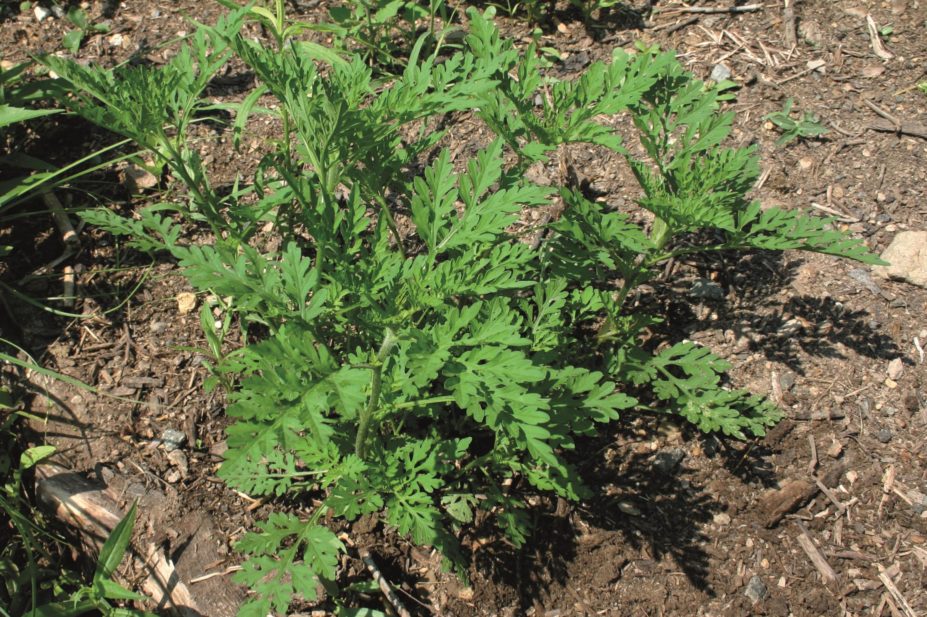
SB Johnny / Wikimedia Commons
Common ragweed (Ambrosia artemisiifolia) is a pollen-producing plant that causes severe allergic disease in susceptible individuals. Results of a modelling study suggest that ragweed pollen loads in Europe are likely to increase fourfold by 2050, as a result of climate change and transitions in land use.
Around a third of the predicted airborne ragweed pollen increase is due to ongoing seed dispersal while the remainder is related to climate and land-use changes. The greatest increases in pollen load are projected for north-central Europe, northern France and southern UK, where loads are virtually zero at present.
These changes “may consequently heighten the incidence and prevalence of ragweed allergy”, the authors warn in Nature Climate Change
[1]
(online, 25 May 2015).


